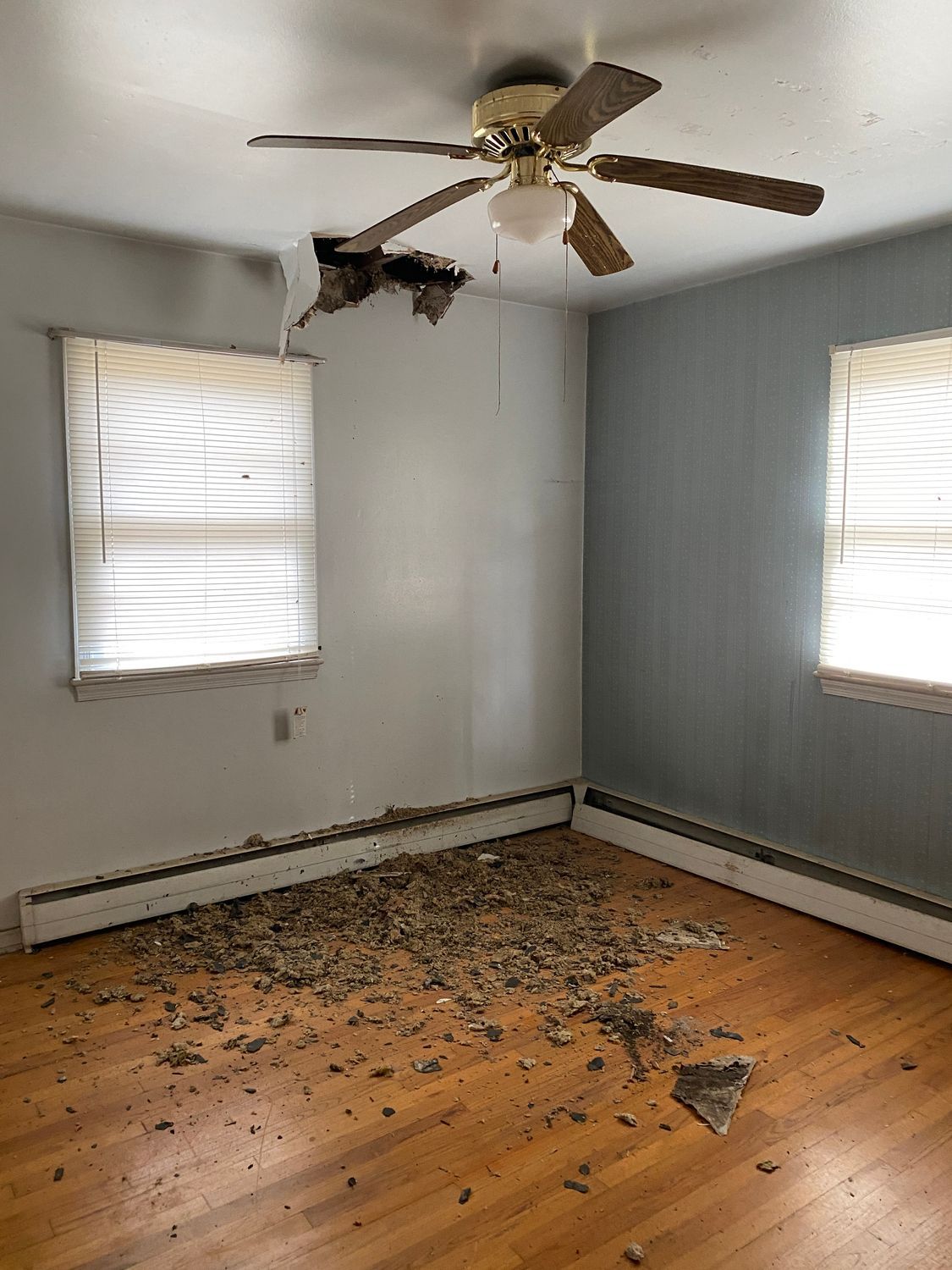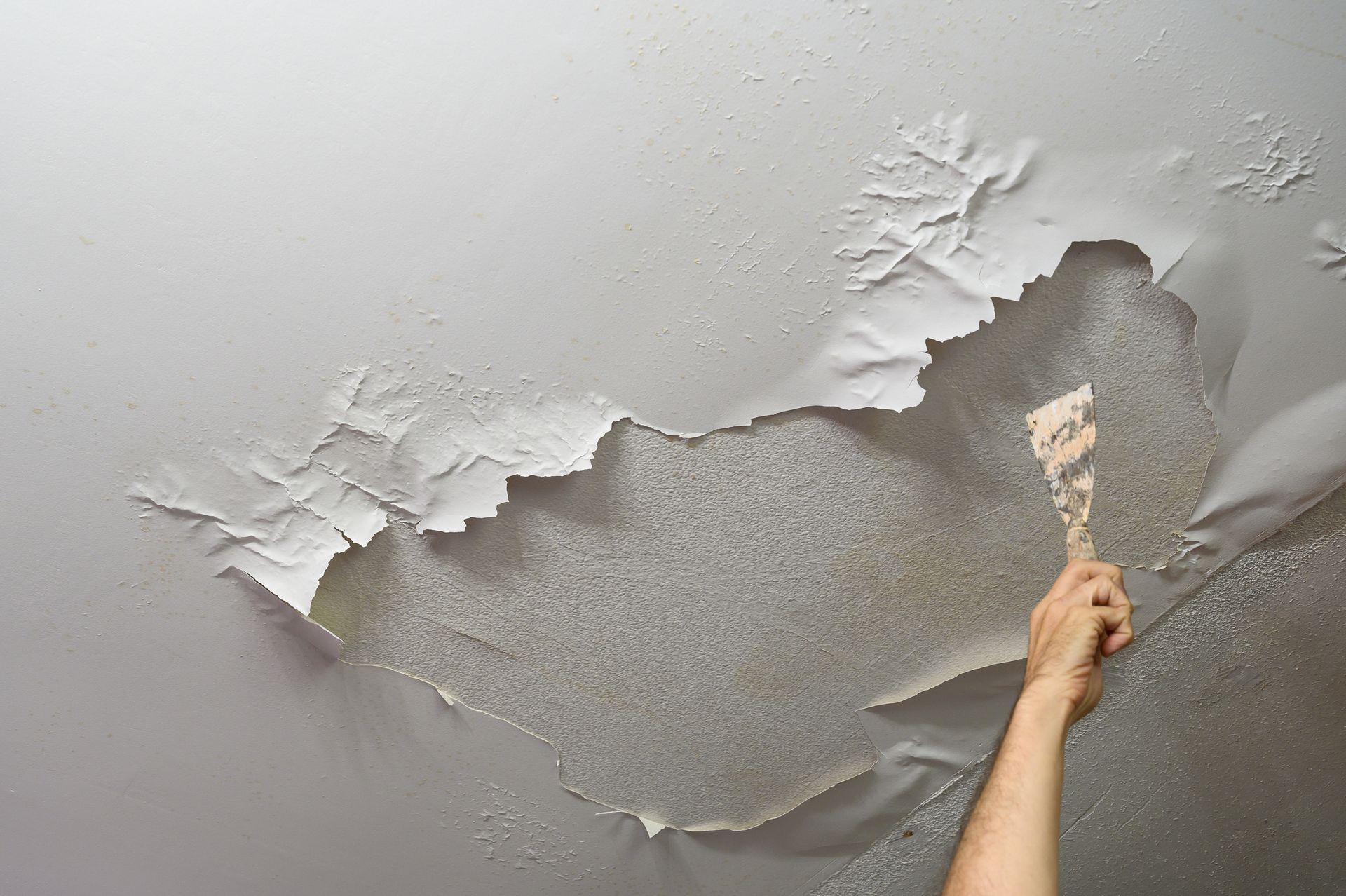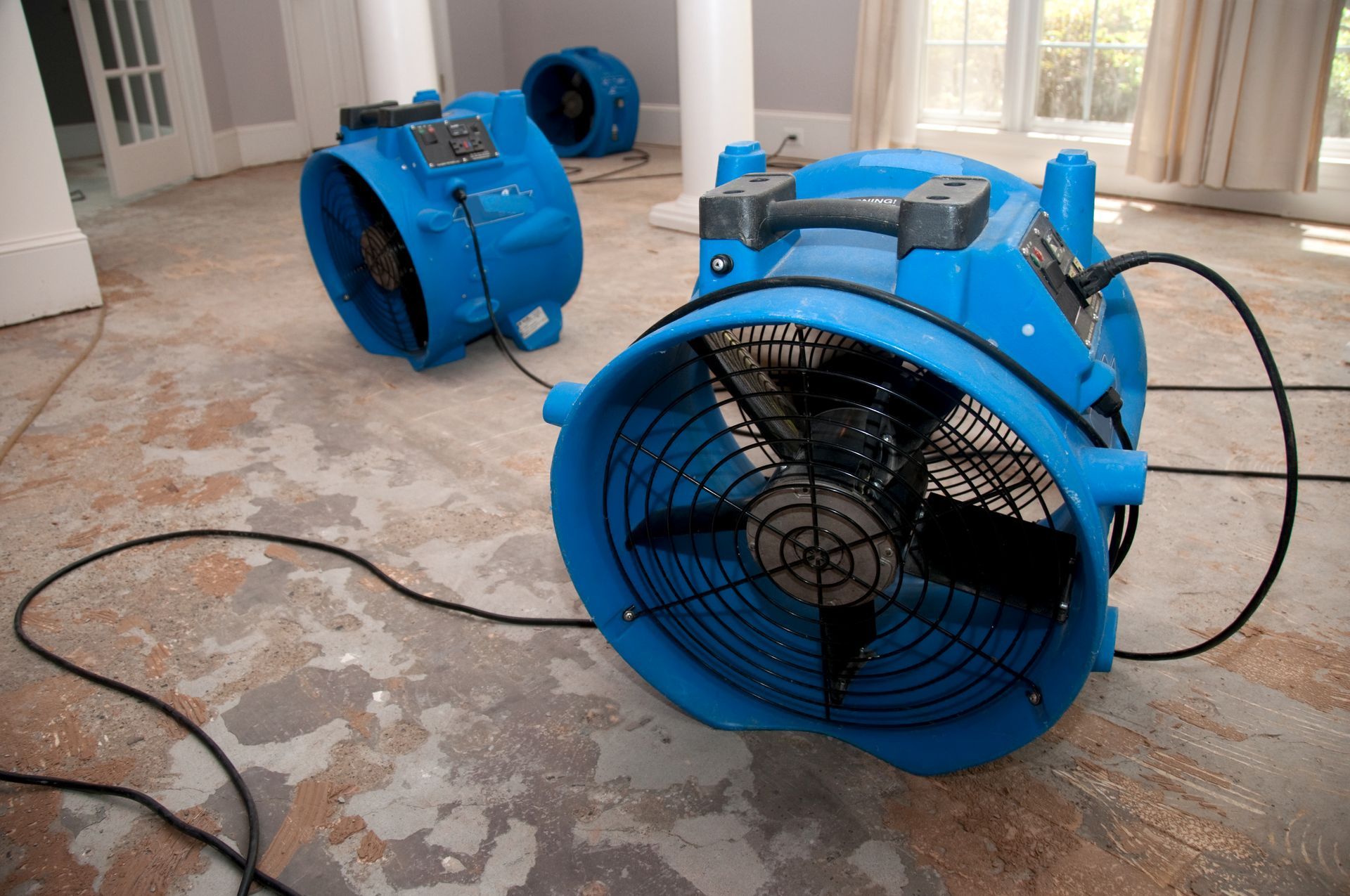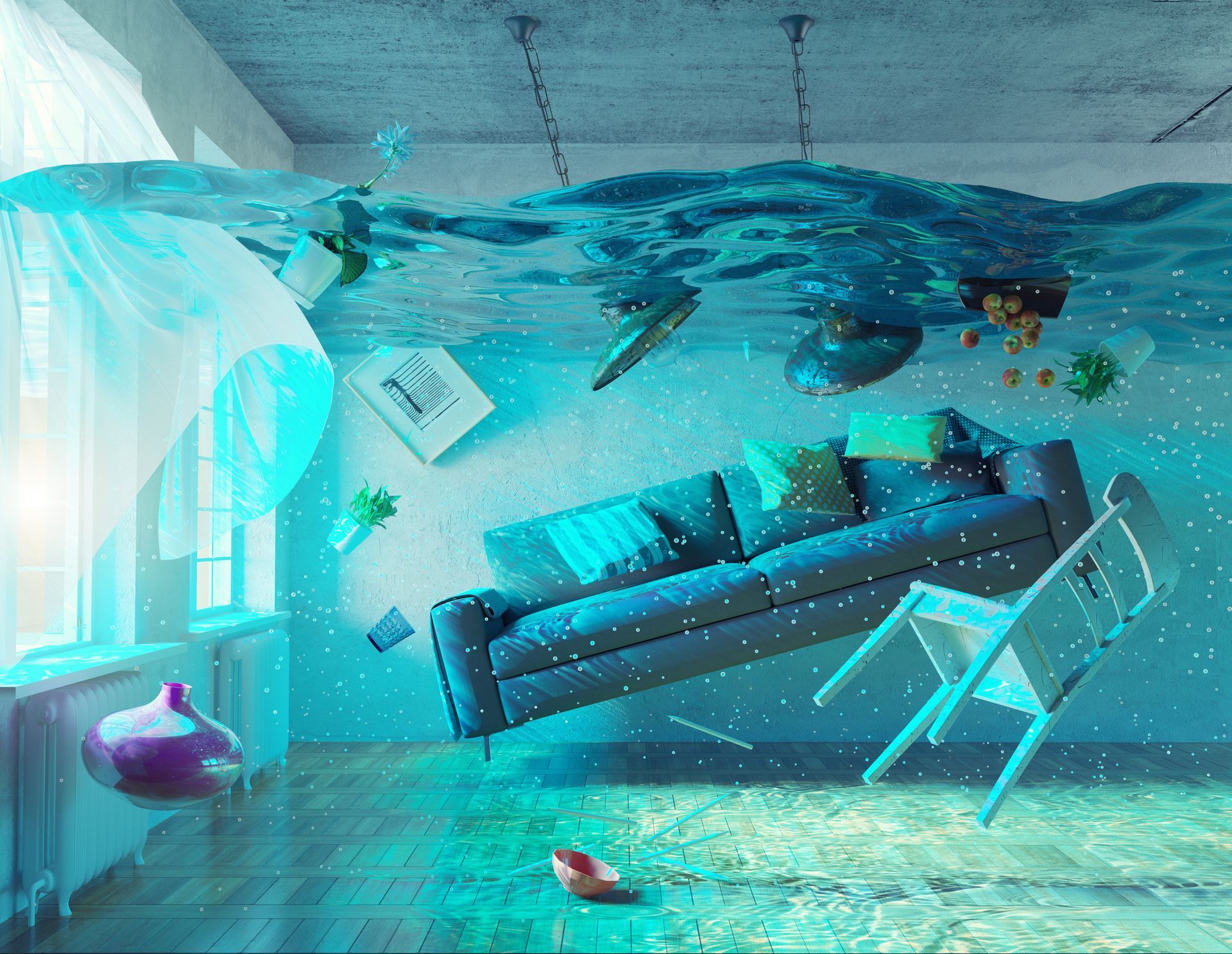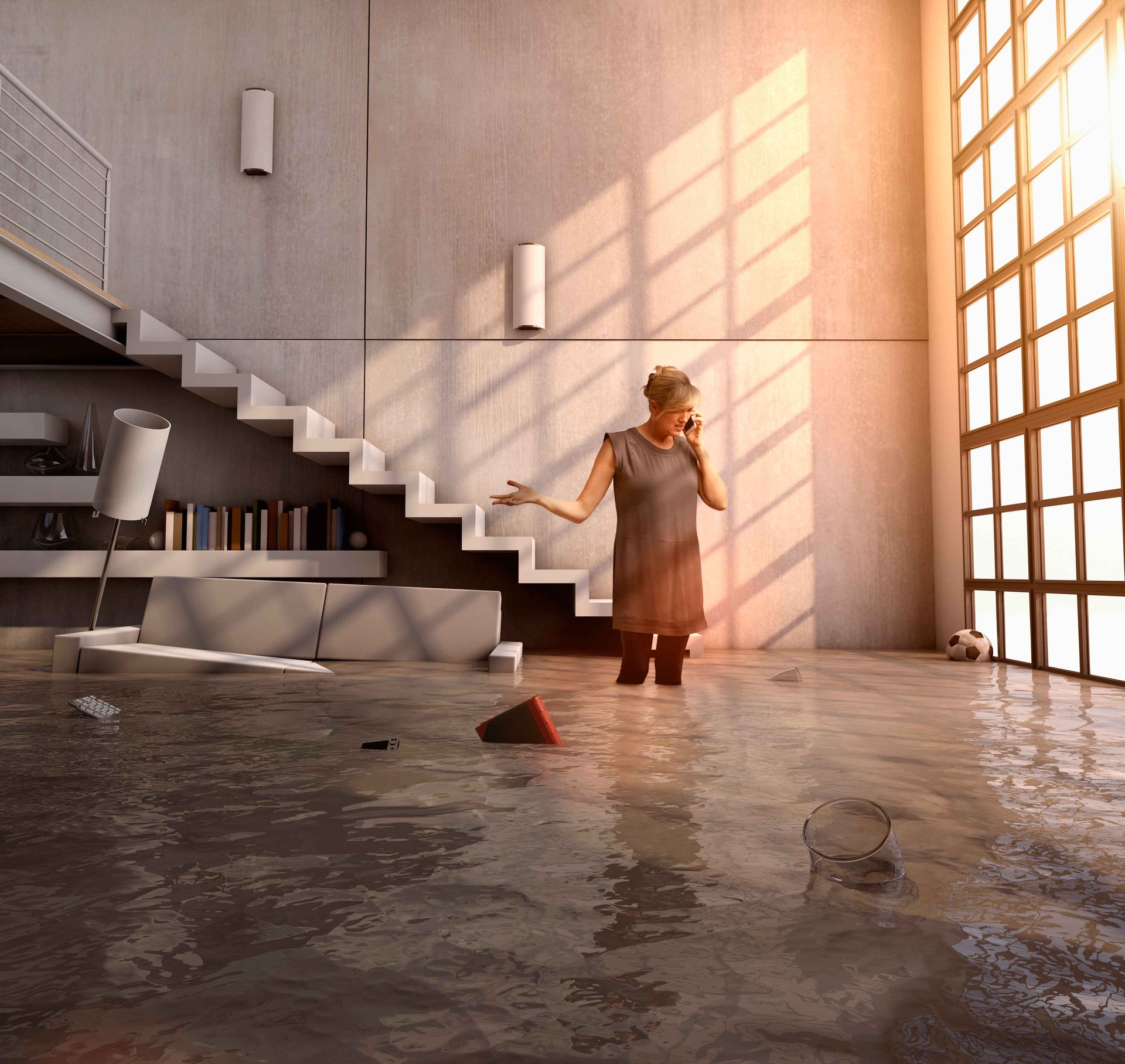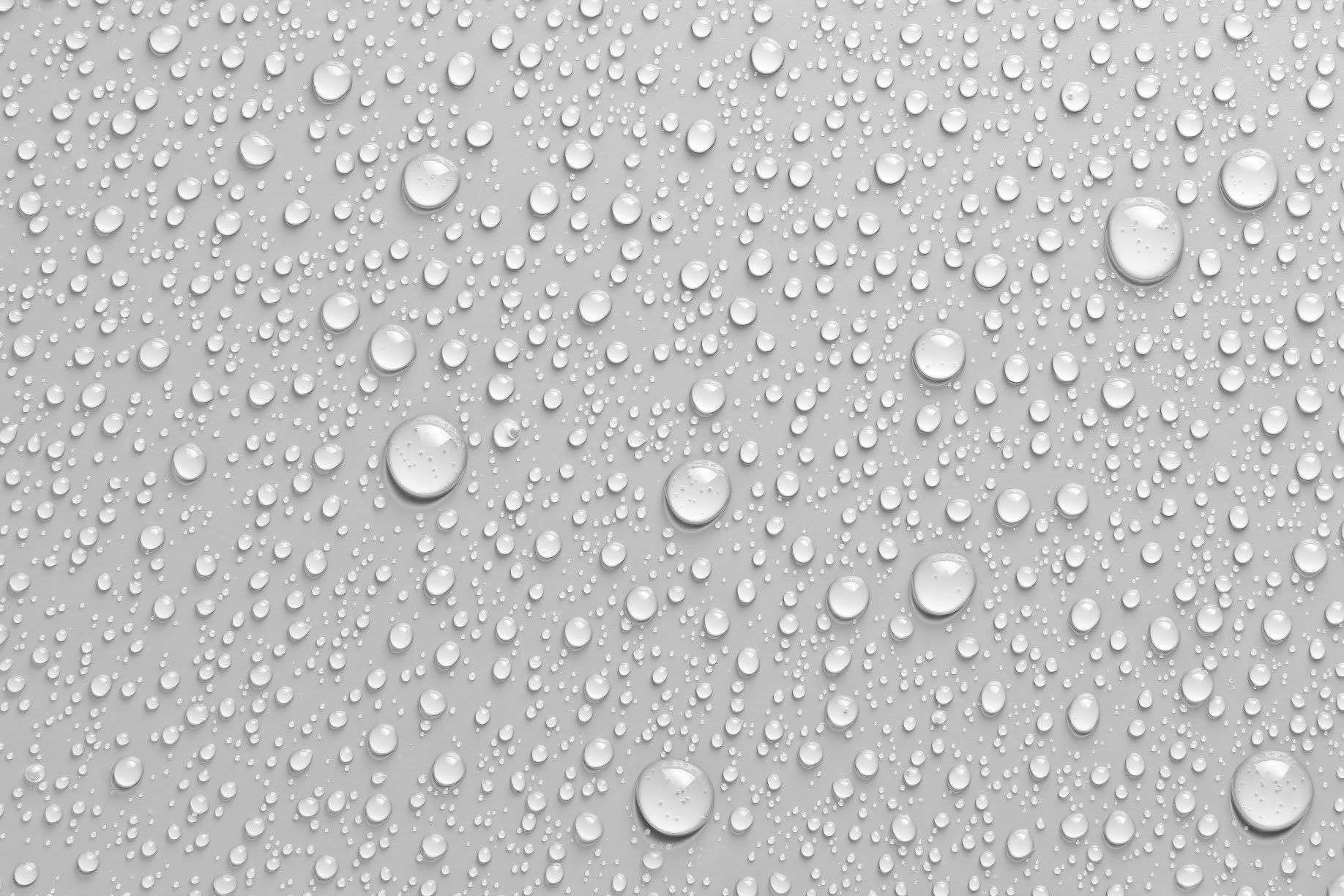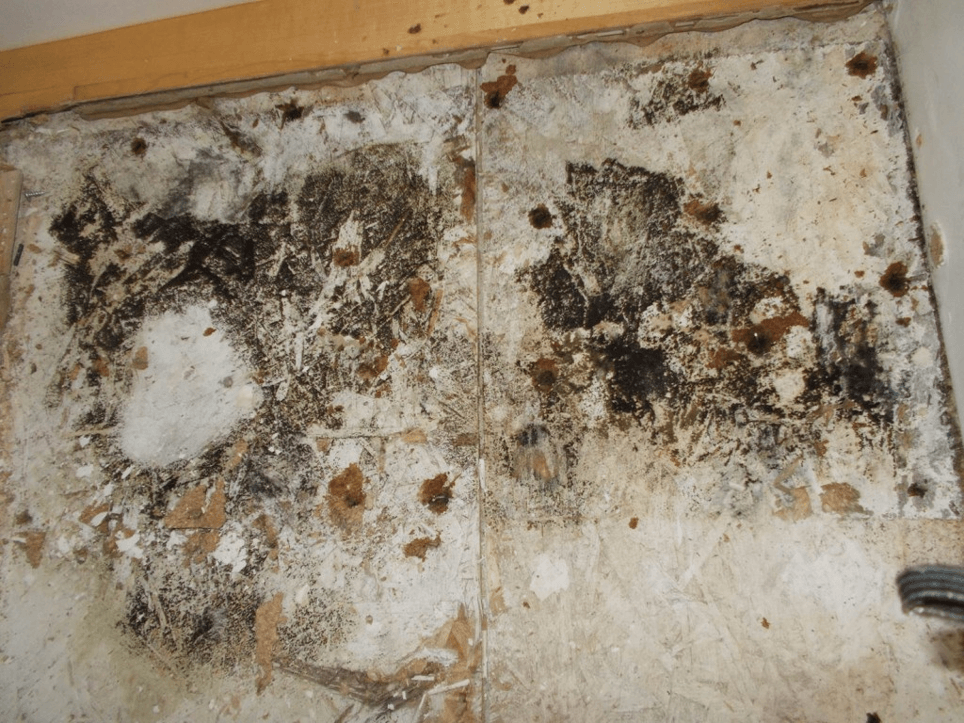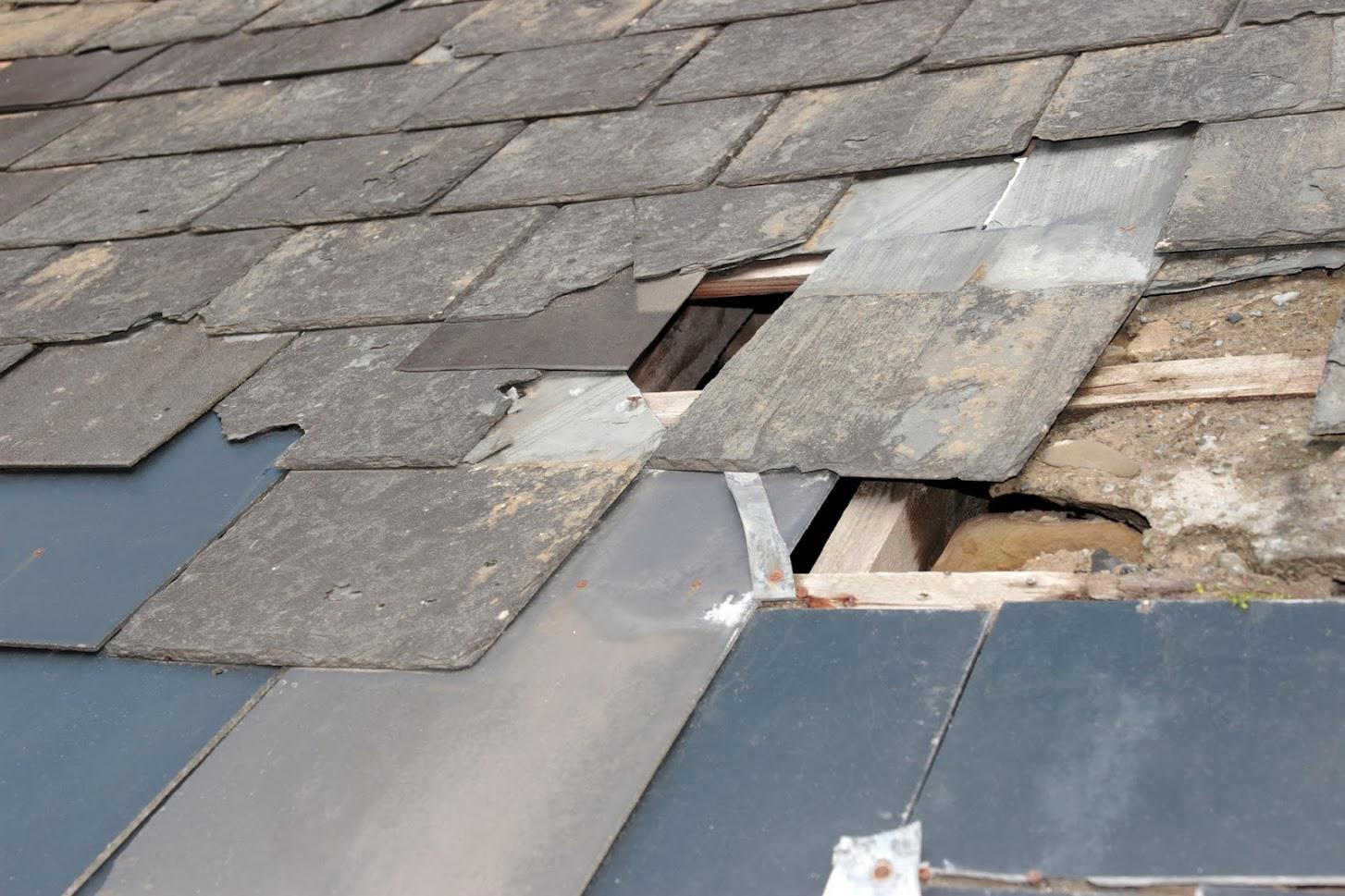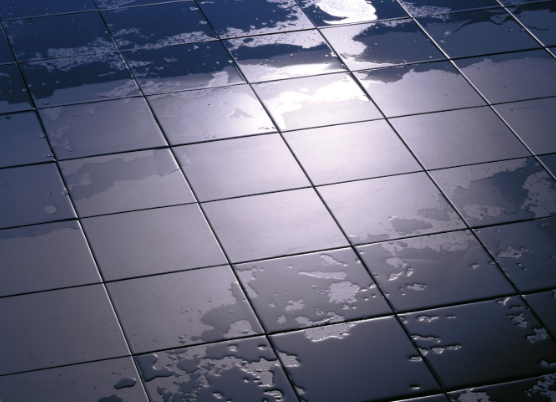Restoring Furniture After Water Damage
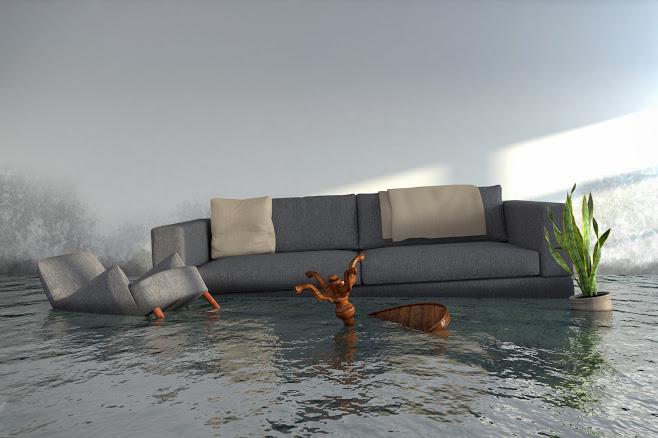
Water damage can happen anywhere and at any time, but it often comes from your own plumbing system, especially if yours has not been properly maintained. Water with contaminates may spread illness, but even clean water can promote mold growth and ruin your furniture. If you want to better protect your belongings, check out what happens when water and furniture meet.
Upholstered Furniture
There are two types of flood waters if your plumbing system fails: clean water and contaminated water.
Clean water comes from sources that provide water for drinking, cleaning, or any fresh water running into the home to be used. For example, if your water heater starts leaking in your finished basement, the water is clean. As long as you get to the water fast, your upholstered items should be okay to attempt to salvage.
Time is of the essence with water because it significantly increases the risk of mold and mildew. Mold, in particular, causes problems because it may lead to itchy skin, itchy eyes, breathing complications, or allergies. In severe cases, the toxic black mold may begin to grow. Once mold has begun to grow on an upholstered item, you should get rid of it, even if the water was clean.
Contaminated water comes from backed-up toilets and drains, which may contain sewage or other potentially dangerous hazards that can spread disease. Upholstered items suck up these contaminates like a sponge, and even after you try cleaning, some contaminates may remain. For this reason, it may be best to get rid of any upholstered furniture that has come in contact with contaminated water.
Wooden Furniture
Water and wood rarely work well together. Standing flood water can cause the wood to expand, change color, or even begin to rot. But saving wooden furniture that has been exposed to flood water may actually be easier than saving upholstered items. As with anything exposed to water, you need to act fast to save your wooden furniture.
To dry the item as fast as possible, take it apart as much as you can. Remove drawers and shelves, and take off cupboard doors if necessary. If drawers or cabinets are stuck because the wood expanded too much, wait until the wood has shrunk a little so you do not damage the item further by forcing open a drawer.
Everything should be stored in a well ventilated area, but do not expose it to direct sunlight. The UV rays from sunlight are incredibly damaging to every material, including wood. Once the furniture is completely dry, you can begin the restoration process of repairing and refinishing the wood.
You may notice small white patches on the wood after it has dried. This is mildew, but it can be easily removed. Wood alcohol or turpentine should easily remove the mildew, but you may want to finish with a cream restorer containing lanolin to better restore the wood.
As with upholstered materials, if the water came from your toilet or sewage pipes, it may be safer to get rid of the item. However, wood does not absorb as quickly as upholstered materials, so if you act fast, it's possible to clean, disinfect and sanitize the piece.
Water can damage just about everything inside your home, including walls, floors, and furniture. While some furniture is best thrown out to keep you and your family safe, some pieces can be salvaged, especially if you get to them fast.
Unfortunately, mold and mildew are also fast, and some water is contaminated with hazardous germs. For help recovering from a flood and water damage, contact us at C & Z Construction today.
